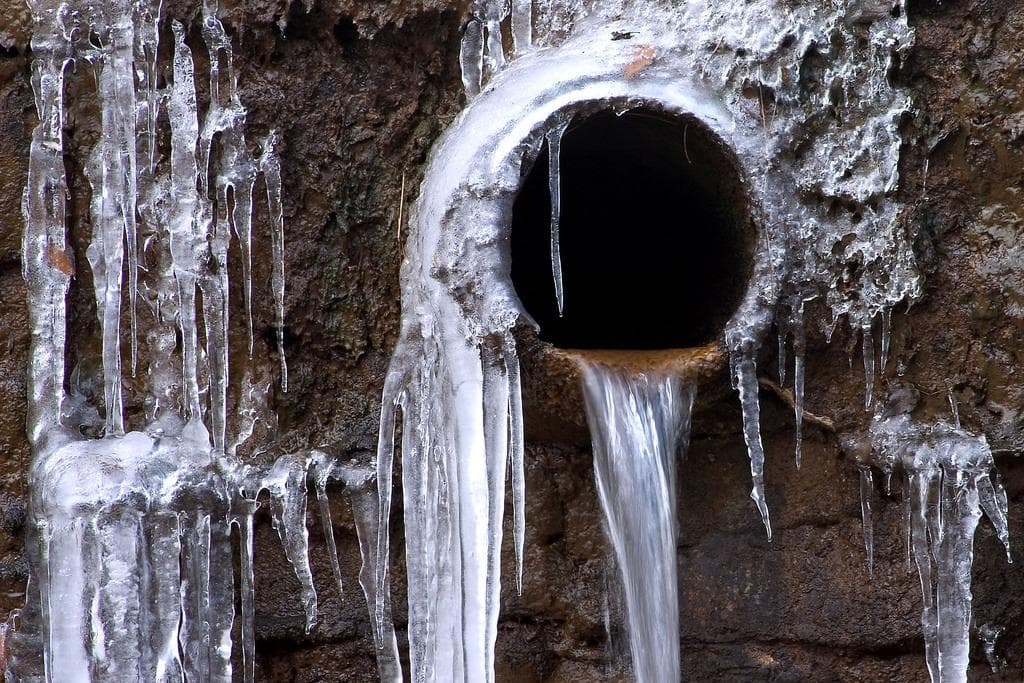Crucial Advice to Protect Against Frozen Plumbing in Cold Weather
Crucial Advice to Protect Against Frozen Plumbing in Cold Weather
Blog Article
We have encountered this article relating to Prevent Frozen Pipes below on the net and reckoned it made sense to quickly share it with you over here.

Cold weather can damage your plumbing, particularly by freezing pipes. Below's how to stop it from occurring and what to do if it does.
Intro
As temperature levels decline, the threat of frozen pipes boosts, potentially causing expensive fixings and water damages. Recognizing just how to stop icy pipelines is vital for house owners in cold environments.
Understanding Frozen Pipes
What causes pipelines to freeze?
Pipes freeze when exposed to temperatures below 32 ° F (0 ° C) for expanded periods. As water inside the pipes ices up, it increases, putting pressure on the pipe wall surfaces and potentially creating them to rupture.
Threats and problems
Frozen pipes can result in water disruptions, residential property damage, and costly repairs. Burst pipelines can flooding homes and cause comprehensive architectural damages.
Indicators of Frozen Pipeline
Determining icy pipelines early can stop them from breaking.
Just how to identify frozen pipes
Look for decreased water flow from faucets, unusual smells or sounds from pipelines, and noticeable frost on subjected pipelines.
Prevention Tips
Protecting susceptible pipes
Cover pipelines in insulation sleeves or utilize warm tape to safeguard them from freezing temperatures. Concentrate on pipelines in unheated or exterior locations of the home.
Home heating strategies
Maintain interior rooms sufficiently heated, especially locations with plumbing. Open closet doors to allow warm air to flow around pipelines under sinks.
Shielding Exterior Plumbing
Garden hoses and exterior taps
Disconnect and drain pipes yard hoses before wintertime. Mount frost-proof faucets or cover outdoor faucets with protected caps.
What to Do If Your Pipes Freeze
Immediate activities to take
If you presume icy pipelines, maintain faucets available to eliminate stress as the ice thaws. Utilize a hairdryer or towels soaked in hot water to thaw pipes gradually.
Long-Term Solutions
Architectural modifications
Think about rerouting pipes away from outside wall surfaces or unheated areas. Include added insulation to attics, basements, and crawl spaces.
Updating insulation
Purchase top quality insulation for pipelines, attic rooms, and walls. Correct insulation helps keep constant temperatures and minimizes the threat of frozen pipes.
Verdict
Stopping frozen pipes calls for positive measures and fast reactions. By understanding the reasons, signs, and safety nets, property owners can protect their pipes throughout winter.
5 Ways to Prevent Frozen Pipes
Drain Outdoor Faucets and Disconnect Hoses
First, close the shut-off valve that controls the flow of water in the pipe to your outdoor faucet. Then, head outside to disconnect and drain your hose and open the outdoor faucet to allow the water to completely drain out of the line. Turn off the faucet when done. Finally, head back to the shut-off valve and drain the remaining water inside the pipe into a bucket or container. Additionally, if you have a home irrigation system, you should consider hiring an expert to clear the system of water each year.
Insulate Pipes
One of the best and most cost-effective methods for preventing frozen water pipes is to wrap your pipes with insulation. This is especially important for areas in your home that aren’t exposed to heat, such as an attic. We suggest using foam sleeves, which can typically be found at your local hardware store.
Keep Heat Running at 65
Your pipes are located inside your walls, and the temperature there is much colder than the rest of the house. To prevent your pipes from freezing, The Insurance Information Institute suggests that you keep your home heated to at least 65 degrees, even when traveling. You may want to invest in smart devices that can keep an eye on the temperature in your home while you’re away.
Leave Water Dripping
Moving water — even a small trickle — can prevent ice from forming inside your pipes. When freezing temps are imminent, start a drip of water from all faucets that serve exposed pipes. Leaving a few faucets running will also help relieve pressure inside the pipes and help prevent a rupture if the water inside freezes.
Open Cupboard Doors
Warm your kitchen and bathroom pipes by opening cupboards and vanities. You should also leave your interior doors ajar to help warm air circulate evenly throughout your home.

We had been shown that editorial about Winter Plumbing Precautions: Preventing Frozen Pipes through a good friend on our other domain. Liked our review? Please share it. Let other people check it out. Thanks so much for going through it.
Recurring Service Plans Report this page